When a loved one passes, it’s not uncommon for family, friends, and neighbors to prepare and send food to the grieving family. Out of all the things people can do to help a grieving family, however, why food? Why is this such a commonplace practice? The answer is that food is meant to be a sign of comfort. Preparing and providing it also gives the family one less thing to worry about while they make preparations for the funeral.
Because it’s a sign of comfort and something that brings people together, it’s also why many funerals and memorial services are followed by a lunch or a repast. Funeral repasts are typically light lunches that serve sandwiches, pastries, cheese plates, and other types of finger food. In addition to providing a source of comfort, these repasts also allow mourners to come together and share anecdotes about their loved one who passed.
Finding comfort in food during a time of loss isn’t anything new. It’s a tradition that dates back thousands of years through different cultures and rituals. Today, we will examine the role food plays in grief rituals and how they’re used as a way to honor those who’ve passed.
Early Examples of How Food Was Used in Grief Rituals
The connection between eating and grief has been discovered to go as far back as the Paleolithic era. Not only have there been ritual markings found on bones, but there has been evidence that ancient cultures at the time may have participated in what’s known as endo-cannibalism, or eating a member of the family or tribe. This was done due to a belief that their essence can be passed to the other members of the family or tribe.
Ancient Egyptians, for example, left food inside of tombs for the deceased to enjoy in the afterlife. It’s been proven that in King Midas’ tomb, a feast was laid out and then consumed by those who attended his funeral, only to be buried with silverware and leftovers. The Greeks, on the other hand, believed that the more food you ate after a funeral, the more the gods would forgive the sins of the person who passed.
Another early example started in the 1600s with the existence of sin-eaters. These were often poor men who were on the outskirts of local society. When someone passed, the family would seek out this sin-eater, have him come to their home, and eat food that had been placed around or on the body of the deceased. Once he was finished, he would let the family know that the person was free to go to heaven before being asked to leave.
Modern Examples of Food in Grief Rituals
In modern times, food is utilized in grief rituals in a number of ways. For example, in Jewish culture, they experience a seven-day mourning process called Shiva and throughout it, many round-shaped foods are served. This is because the round shape represents the cycle of life.
In Romania, a “Death Cake” consisting of boiled wheat kernels mixed with sugar or honey is baked and then placed on the altar during the funeral service. In Mexico, during the Day of the Dead, food is laid down on an altar as a way to provide nourishment to any souls who may be passing through.
In Italy, it’s common for comfort foods like pasta and meat to be served after the funeral. In Ireland, it’s traditional to hold a wake, where friends and family gather to remember the deceased while eating and drinking. This meal usually consists of traditional foods like cold meats, cheese, and Irish soda bread. In England, it’s common to have “funeral tea” where everyone gathers after the service to drink tea and have a light meal while they pay their respects.
As previously mentioned, in America, it’s common for food to be sent to the house of those in mourning. This is not only to give them the time to focus on their grief instead of cooking but also to provide comfort and as an act of thoughtfulness when someone is dealing with a loss.
How Food Affects the Grieving Process
While understanding the role food plays in grief rituals around the world is both important and interesting, it’s just as important to analyze how food impacts the grieving process.
When you experience a loss, it’s not just the relationship you shared with that person that’s impacted. In the days and weeks following a loss, you may experience many physical symptoms, such as insomnia, nausea, and appetite changes. These changes in appetite can depend on the person, as some may turn to binge eating as a means to comfort themselves, or they may lose their appetite altogether. According to Thriveworks, many people who just encounter a loss lose weight because they “…become too distressed to feel hungry or to even remember to eat.”
Weight loss aside, not eating – or not getting enough nutritious food – while grieving can lead to severe impairment such as fatigue, inability to concentrate, difficulty sleeping, anxiety, depression, irritability, and even low blood sugar. Because these things negatively impact your mental and physical health, they also negatively affect your quality of life. During times of immense grief, unhealthy coping mechanisms – such as not eating or binge eating – can make an already trying time more difficult. Other areas of your life, including your education, job, and responsibilities at home are going to be affected.
It’s because of these risks that friends, family, co-workers, and neighbors will supply grieving families with food or gift cards to restaurants so they can get the nourishment they physically need, which also gives their mental health the nourishment it needs to make healthy coping decisions, find comfort, and connect with others. Food plays such an integral role in reducing stress, boosting mindful eating, and celebrating the life of a loved one if a recipe of theirs is used.
Food Can Help Make a Devastating Time Less Stressful
The role of food in death, grief, and rituals to honor the deceased has been around for years and it’s not likely to go away any time soon. Whether it’s being used as a means of comfort or to remove stress from someone’s plate, food can make a devastating time in one’s life less stressful.
At the end of the day, food has always been used as a way for people to come together with their grief. However you wish to do this is up to you.

Courtney Dercqu is a Florida-based writer. Having chronicled her own journey of loss after losing both of her parents, she was drawn to Embrace Your Grief to help others through the loss, triumph, and confusion that the grieving process can bring. Not only does she hope her words help others, but being a part of a community that breaks the stigma of grief has made her feel less alone.


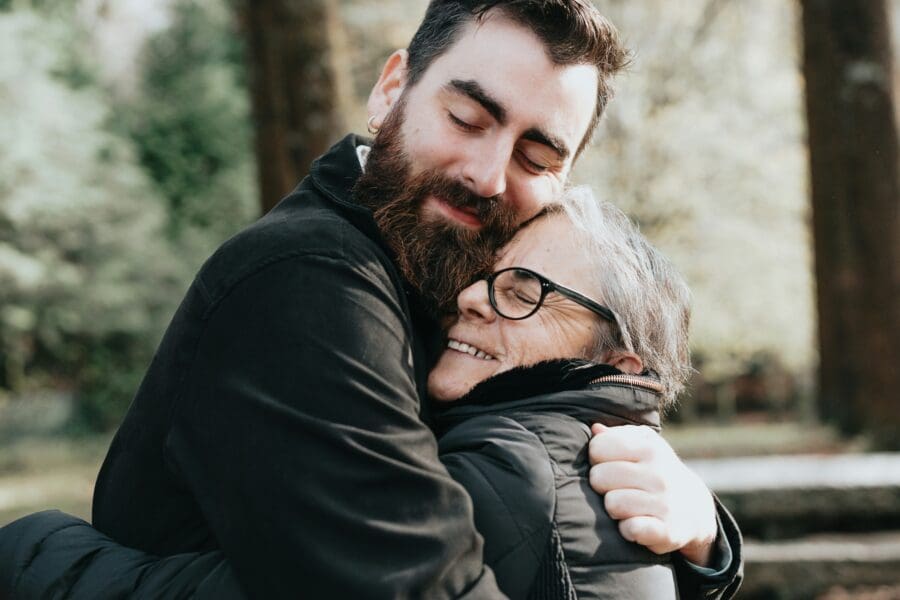

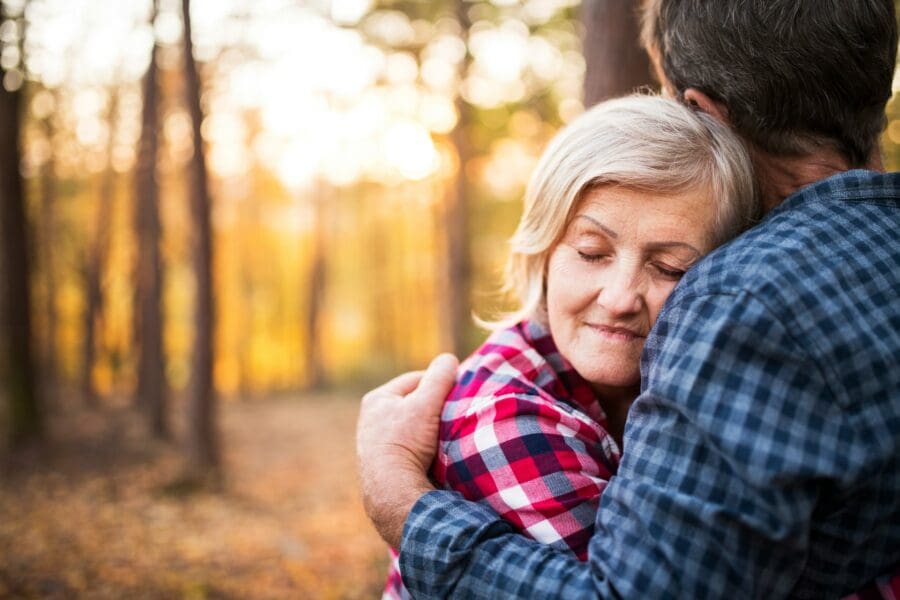
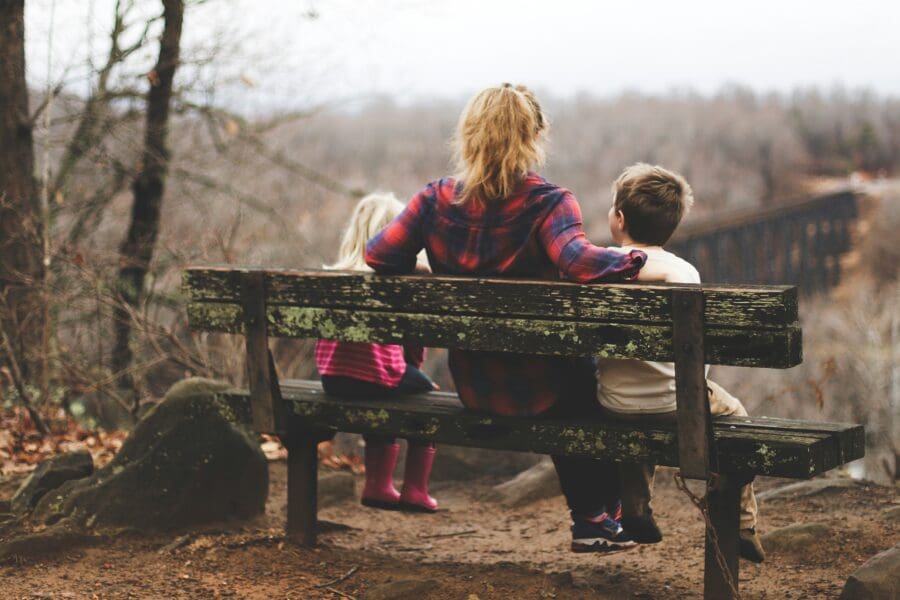
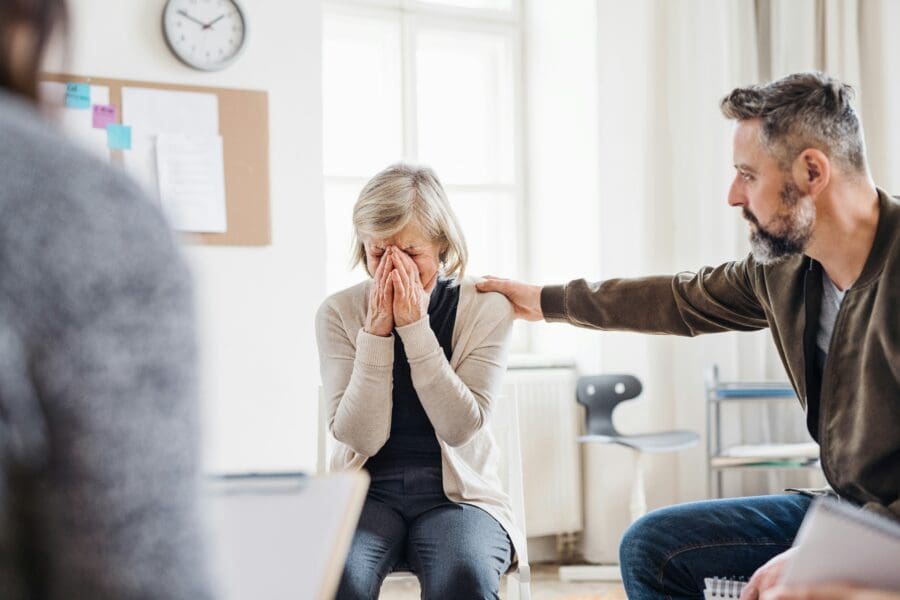
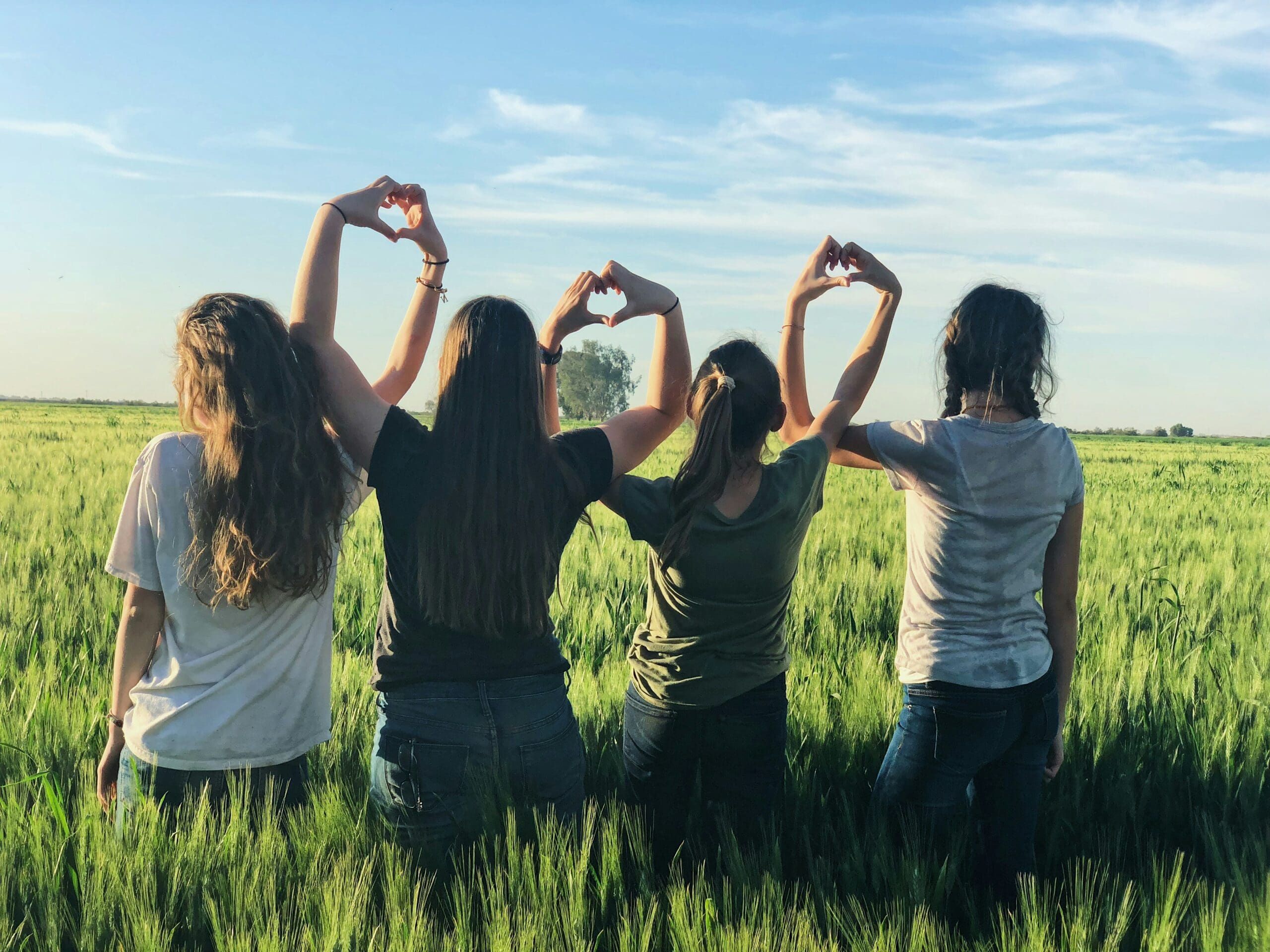
Leave a Comment